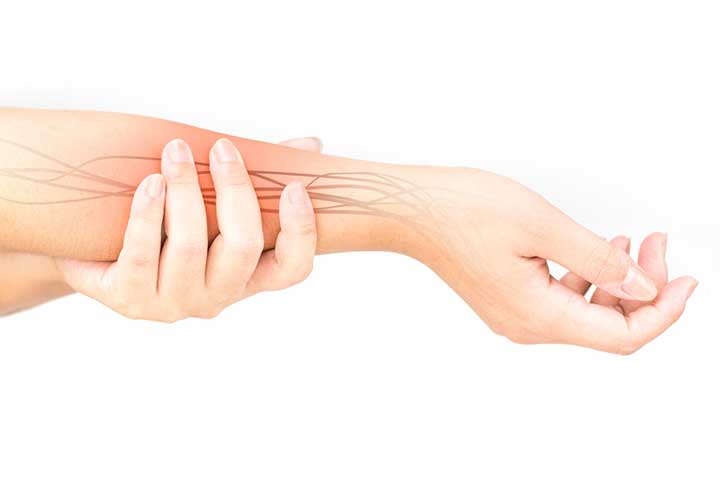Understanding and Managing Back Pain: A Comprehensive Guide.
Back pain is a prevalent and often debilitating condition that affects millions of people worldwide. Whether it’s a dull ache, a sharp stab, or a persistent discomfort, back pain can significantly impact one’s quality of life. In this article, we will explore the causes, symptoms, prevention, and treatment options for back pain, aiming to provide a comprehensive understanding of this common ailment.
To know more about it please click here
Causes of Back Pain
- Muscle Strain
- Improper lifting techniques, sudden movements, or overexertion can lead to muscle strains in the back, causing pain.
- Structural Issues
- Conditions like herniated discs, spinal stenosis, and degenerative disc disease can contribute to chronic back pain.
- Poor Posture
- Prolonged periods of sitting or standing with poor posture can strain the muscles and lead to back pain.
- Injuries
- Accidents, falls, or trauma can result in injuries to the spine or surrounding tissues, causing acute or chronic pain.
- Medical Conditions
- Conditions like arthritis, osteoporosis, and scoliosis can affect the spine and lead to back pain.
Symptoms of Back Pain
- Localized Pain:
- Pain that is concentrated in one area of the back.
- Radiating Pain:
- Pain that extends into the buttocks or down the legs, often indicating nerve involvement.
- Stiffness:
- Difficulty in movement and a sensation of tightness in the back.
- Weakness or Numbness:
- In some cases, back pain may be accompanied by weakness or numbness in the legs or feet.
Prevention Strategies
- Maintain Good Posture
- Practice proper ergonomics while sitting, standing, and lifting to reduce the risk of back strain.
- Regular Exercise
- Engage in activities that strengthen the core muscles and support the spine, such as yoga or swimming.
- Healthy Weight Management
- Maintain a healthy weight to reduce the stress on the spine and associated structures.
- Proper Lifting Techniques
- When lifting objects, use your legs rather than your back to prevent muscle strains.
- Quit Smoking
- Smoking can impair blood flow to spinal tissues, contributing to disc degeneration. Quitting can positively impact health.
Treatment Options
- Rest and Ice
- Resting the affected area and applying ice can help alleviate acute pain and reduce inflammation.
- Physical Therapy
- Targeted exercises and stretches under the guidance of a physical therapist can improve flexibility and strengthen muscles.
- Medications
- Over-the-counter pain relievers, muscle relaxants, and anti-inflammatory medications may be recommended for pain management.
- Heat Therapy
- Applying heat to the affected area can help relax muscles and alleviate stiffness.
- Invasive Interventions
- In severe cases, procedures such as epidural injections or surgery may be considered to address underlying structural issues.
To know more about it please click here
Conclusion
Back pain is a multifaceted condition with various causes and manifestations. By understanding the factors contributing to back pain and adopting preventive measures, individuals can significantly reduce their risk of developing this common ailment. Early intervention and a holistic approach to treatment can empower individuals to manage and overcome back pain, leading to improved overall well-being. If you are experiencing persistent or severe back pain, it is crucial to consult with a healthcare professional for a personalized assessment and treatment plan.







